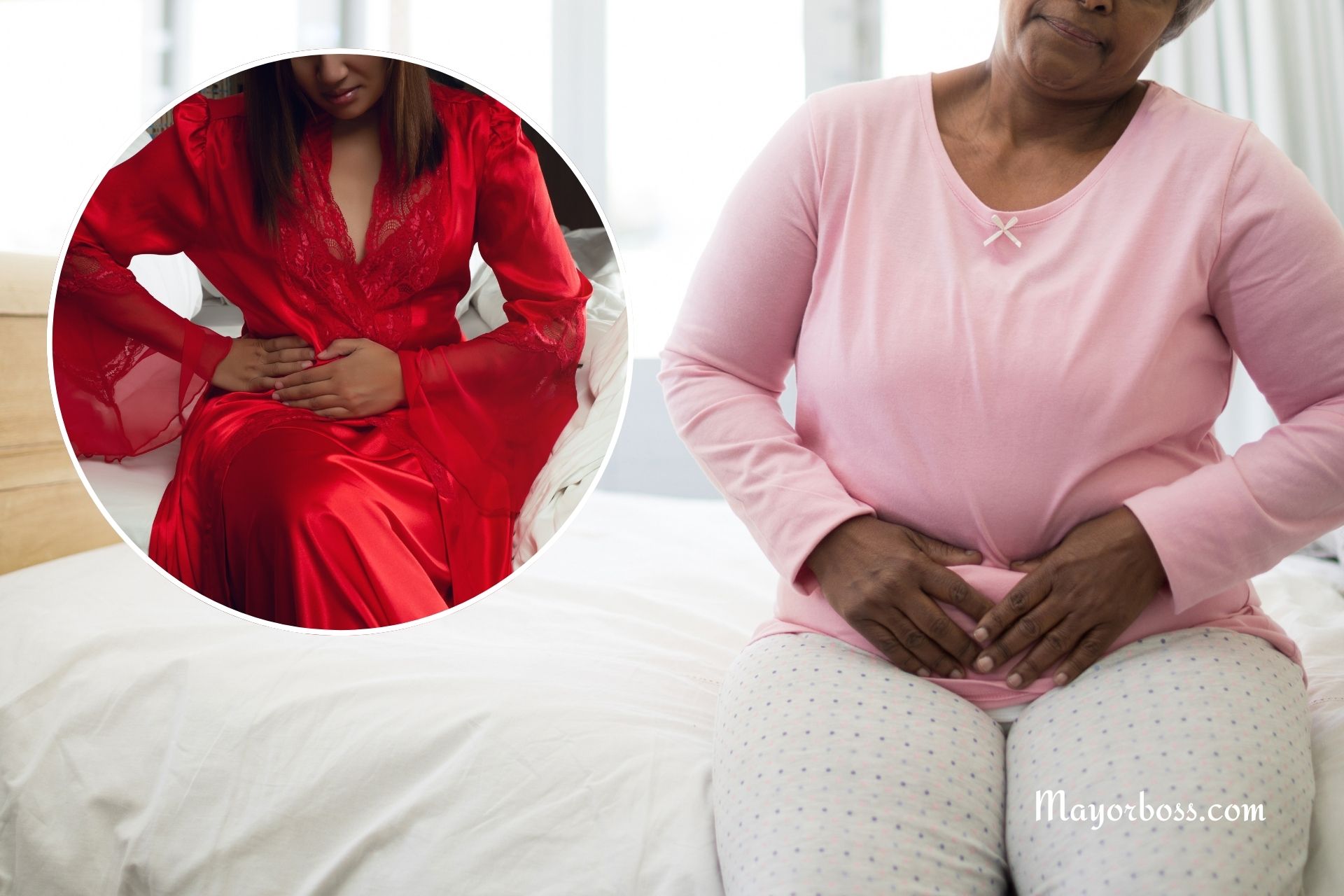Early Signs Of Womb Cancer
Womb cancer, also known as endometrial cancer, starts in the inner layer of the uterus, called the endometrium. It usually happens in women who are past menopause (aged 75 to 79, according to Cancer Research), but younger women can also be affected. Finding it early can help doctors treat it more successfully. In this article, we will talk about the early signs of womb cancer and why it is important to see a doctor right away if you notice any symptoms.

Abnormal Vaginal Bleeding
The most common early sign of womb cancer is abnormal vaginal bleeding. When cancer starts in the uterus, it can cause the tissue lining to break down and bleed more easily. In fact, accoding to American Cancer Society, about 90% of women with womb cancer have abnormal vaginal bleeding. This type of bleeding can appear in different ways:
- Bleeding after menopause: Women who do not have periods anymore should not experience any vaginal bleeding. Any bleeding during this time is a reason to see a doctor.
- Heavy or long periods: In younger women, having a period that is much heavier or lasts longer than usual can be a sign.
- Bleeding between periods: Spotting or light bleeding when you are not on your period should be checked by a doctor.
Pelvic Pain and Discomfort
Another early sign of womb cancer is pain or discomfort in the lower belly. This pain can start off mild and become worse over time. If you feel new or unusual pain in your lower stomach or pelvis, it is important to have it checked.
Changes in the Menstrual Cycle
Changes in your menstrual cycle can also signal a womb cancer. These changes may include:
- Irregular periods: If your periods do not come on a regular schedule, it might be a sign.
- Shorter or longer cycles: If you notice that the time between your periods changes a lot, this should be discussed with a doctor.
Unexplained Weight Loss
Losing weight without trying can also be a sign of womb cancer. Many things can cause weight loss, but when it happens suddenly and without a reason, it is important to get checked by a doctor. This symptom is more concerning when it comes along with other signs like abnormal bleeding or pain.
Other Symptoms
In addition to the main signs, some women might have other symptoms. These include:
- Pain during sex: Feeling pain during sexual activity is known as dyspareunia. This can be a sign of a problem.
- Lower back pain: A steady, dull pain in the lower back can sometimes be linked to womb cancer.
- Bloating or feeling full: Changes in your stomach, such as feeling bloated or full even when you have not eaten much, can be a sign to watch.
Risk Factors and Prevention
Certain factors can make a woman more likely to develop womb cancer. These risk factors include:
- Age: The chance of developing womb cancer increases as you get older, especially after menopause.
- Obesity: Being overweight can raise the level of estrogen in your body, which may encourage cancer growth.
- Family history: If you have family members who had womb, breast, or colon cancer, your risk may be higher.
- Hormone therapy: Some types of hormone treatments, especially those using estrogen without progesterone, can increase the likelihood.
- Diabetes and high blood pressure: These conditions are also linked to a higher chance of getting womb cancer.
Living a healthy lifestyle, maintaining a good weight, and controlling health problems like diabetes and high blood pressure can help lower your likelihood.
When to See a Doctor
It is important to see a doctor if you notice any of these signs. You should get help if you have:
- Vaginal bleeding after menopause.
- Unusual bleeding or heavy periods.
- Constant pain in the lower belly or pelvis.
- Sudden and unexplained weight loss.
- Any combination of the above symptoms.
Doctors can take a detailed history and check you carefully. They may perform tests such as an ultrasound or a biopsy to find out if you have womb cancer.
Diagnostic Procedures
When a doctor suspects womb cancer, they will use tests to confirm the diagnosis. These tests may include:
- Transvaginal ultrasound: This test uses sound waves to take a picture of the uterus. It can show if the lining of the uterus is thicker than normal.
- Endometrial biopsy: In this test, a small sample of the tissue from the uterus is removed and looked at under a microscope to see if there are cancer cells.
- Hysteroscopy: A small camera is used to look directly inside the uterus. This helps the doctor find any abnormal areas.
Treatment Options
If womb cancer is found early, treatment is more effective. Treatment usually involves one or more of the following:
- Surgery: The most common treatment is to remove the uterus. Sometimes, nearby lymph nodes are also removed.
- Radiation therapy: High-energy rays are used to kill cancer cells.
- Hormone therapy: In some cases, medicine that affects hormones is used to slow down the growth of cancer cells.
Takeaway
Detecting the early signs of womb cancer can save lives. Abnormal vaginal bleeding, pelvic pain, changes in your menstrual cycle, and unexplained weight loss are all symptoms that should be taken seriously. If you notice any of these signs, do not wait. Early detection gives doctors a better chance to treat the cancer effectively.
